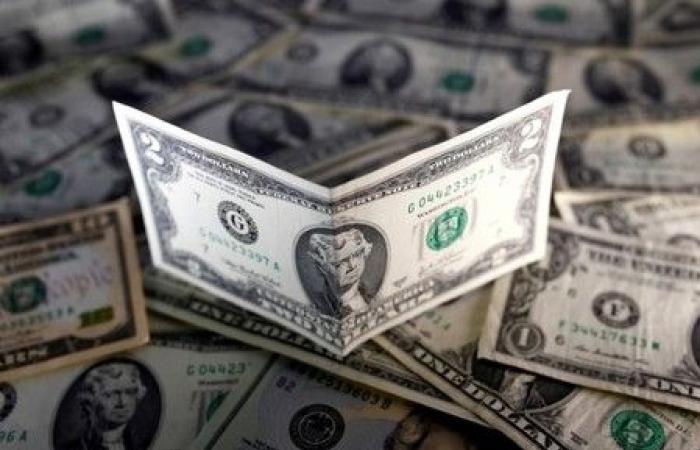In a departure from its recent bullish run, the US dollar experienced a modest decline on Wednesday, marking its first retreat in six days.
This correction came as investors sought to consolidate gains following statements from Federal Reserve officials affirming a pause in the interest rate-cutting cycle, pending new economic data. Despite this short-term adjustment, the dollar’s general uptrend remains intact, underscored by its 5-1/2-month highs reached just a day prior.
Commenting on the market movements, Helen Given, an FX trader at Monex USA, characterized the day’s decline as a minor correction.
She noted that while the dollar index has eased from recent highs, it still hovers near levels not seen since mid-November. Given attributed this pullback to traders hedging their positions in response to the Fed’s cautious stance on rate cuts, suggesting a normalization of market flows.
Federal Reserve’s Stance on Interest Rates and Geopolitical Tensions Impact Currency Markets

Federal Reserve Chair Jerome Powell’s remarks earlier in the week provided clarity on the central bank’s monetary policy trajectory, emphasizing the need for continued restraint. This sentiment was echoed by other top Fed officials, contributing to a reduction in market expectations for near-term rate cuts.
Additionally, the Fed’s “Beige Book” report released on Wednesday indicated a modest expansion in US economic activity, further supporting the case for maintaining current policy settings.

Geopolitical developments also influenced currency markets, with the escalating tensions in the Middle East bolstering the dollar’s safe-haven appeal in the short term. However, concerns over potential currency intervention arose following a trilateral meeting between finance leaders from the United States, Japan, and South Korea.
The statement issued after the meeting expressed Tokyo and Seoul’s apprehension over recent currency depreciations, hinting at possible intervention measures by Japanese authorities.
In light of these factors, market participants are closely monitoring key levels in currency pairs, such as the USD/JPY, where the dollar has weakened against the yen. Speculation regarding potential interventions by Japanese authorities has intensified, particularly as hedge funds accumulate significant short positions on the yen.

Amidst these dynamics, the euro managed to strengthen against the dollar, buoyed by signals from European Central Bank policymakers advocating for a rate cut in June.
Despite lingering uncertainties, currency markets remain fluid, influenced by a combination of economic data releases, geopolitical tensions, and central bank policies.







Leave a Reply